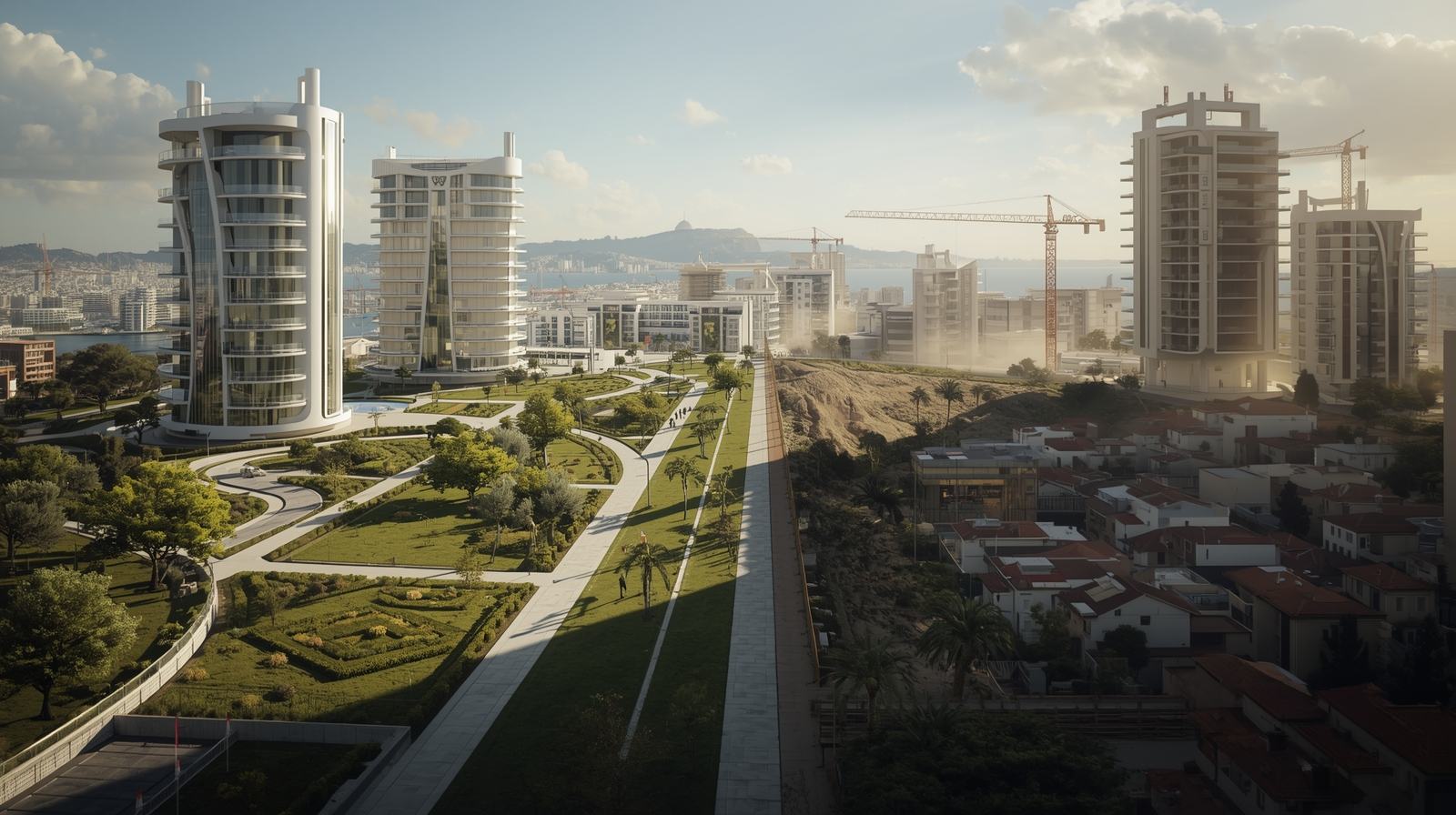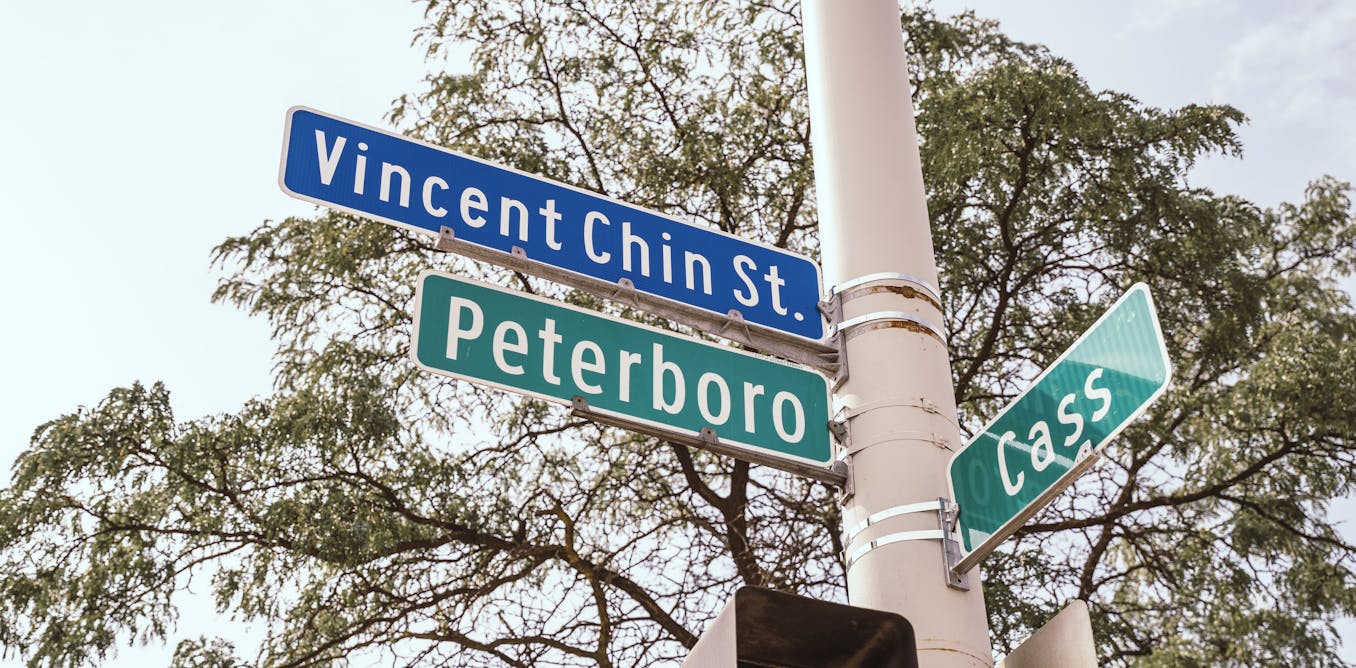Athens’ former airport is being reborn as Europe’s largest urban redevelopment project, with the Ellinikon poised to transform the city’s southern coastline. Marketed as Greece’s first “15-minute city,” the 6,200-acre mega-project promises skyscrapers, two million square meters of green space, and a new standard of urban living. Yet with luxury apartments already priced beyond the reach of most Athenians, critics warn it could become a 15-minute city for the few, not the many.
The image is striking: a skyscraper rising over the Athens Riviera, vast green spaces said to surpass London’s Hyde Park, landmark artworks, and a “Little Athens” emerging on a plot of land that for decades resembled an open wound. Ellinikon.
After years of abandonment, Athens’ former airport is now Europe’s most ambitious construction site. Spanning 6,200 acres, the project promises Greece’s first “15-minute city” – a district where schools, healthcare, work, and leisure are never more than a short walk or bike ride away. Modern, smart, sustainable.
A Global Showpiece
Lamda Development, the developer behind Ellinikon, pitches it as Greece’s 21st-century success story. Europe’s largest coastal park – two million square meters of greenery. A first residential enclave, “Little Athens,” with more than 1,000 homes designed by international architects. Public artworks, airport relics recycled into benches and pavements, restoration of ancient landmarks like the so-called “Ugly Tomb” – all framed as a narrative of progress, culture, and innovation.
In financial terms, the project is expected to boost Greece’s GDP by 2.5% and create more than 80,000 jobs. In the property market, demand has already exploded: the first apartments sold out in record time, with prices ranging from €7,500 per square meter to €15,000 for luxury seafront villas.
The 15-Minute City: Convenience or Confinement?
The “15-minute” concept is alluring: less traffic, lower carbon footprint, simpler daily life. For a city long plagued by chaotic urban planning and scarce public space, Ellinikon could be a model.
But one question lingers: a 15-minute city for whom? In European examples, the trend is tied to accessibility and local communities. At Ellinikon, however, the first impression is one of luxury housing, targeted at a narrow – and often international – clientele.
The Elusive Green Vision
The promise of “Europe’s largest park” appears in every press release. Yet for now, most of the greenery exists only in renderings. The first visible signs of progress are towers, luxury residences, commercial complexes. As of official timelines, the park will unfold gradually over the next decade.
Critics ask: what use is a park in 15 years? Others fear the social amenities risk coming last, while profit-driven elements – casinos, malls, villas – take precedence.
When Vision Meets Reality
There’s no doubt the Ellinikon is a landmark project. It will reshape Athens’ coastline, attract investment and tourists, and rebrand the city’s image. Yet as the vision moves forward, cracks appear: limited access for ordinary Athenians, concrete rising faster than trees, and a “15-minute city” that increasingly looks like an enclave for the few.
While Lamda speaks of “a new dynamic era for Athens,” local residents mostly see cranes, dust, and construction fences. The gap between promise and experience remains the critical question.
Luxury or Accessible Housing?
In the global debate, the “15-minute city” emphasizes proximity and inclusivity: affordable housing, local services, balanced lifestyles. At Ellinikon, the first phase instead resembles a luxury enclave. Rapid sales revealed who can afford to enter: high-income buyers, often from abroad.
If Athens’ future “15-minute city” comes with a price tag of €7,500 to €15,000 per square meter, how many Athenians can truly call it home?
Public Space or Private Privilege?
A park “for everyone” sounds ideal. But until it is delivered, neighboring communities face a fenced-off construction site with limited access.
Even in the long term, concerns remain: will public space be genuinely open, or subtly controlled? The timelines speak volumes: casino, malls, residential towers are advancing faster than the “free” park. A detail that, for some, reveals the project’s true priorities.
The Dark Side of ‘Smart Cities’
Globally, the “15-minute city” is not without controversy. Critics warn of surveillance, data collection, and mobility monitoring. Greece has no official plans along these lines, yet the caution is timely: smart technology can enhance convenience — or slide into control.
Skeptics describe these projects as “glass-jar cities,” gated bubbles where life is seamless but sterile. Is this exaggeration? Possibly. Yet in a country with a patchy record of urban planning, such doubts deserve space.
Neighbors Left Behind
While Ellinikon is branded a “milestone for Athens,” its immediate neighbors in Alimos, Argyroupoli, and Ellinikon itself still confront dust, noise, and disrupted local services.
Those who should be first to benefit often see little improvement in daily life. As the “Ellinikon” brand gears for international headlines, many locals wonder whether they are destined to merely gaze at new towers from their balconies, with little real access to what they promise.
From Promise to Credibility
The legacy of Ellinikon will be indelible. But more than its towers, villas, or square footage, credibility will matter most. Will the project be remembered as Greece’s shining success story — or as a luxury citadel detached from city life?
The answer may shape not only the Athens Riviera but the very idea of what kind of city Athens aspires to be: open and democratic, or a “15-minute city” for the privileged few.

































Leave a Reply